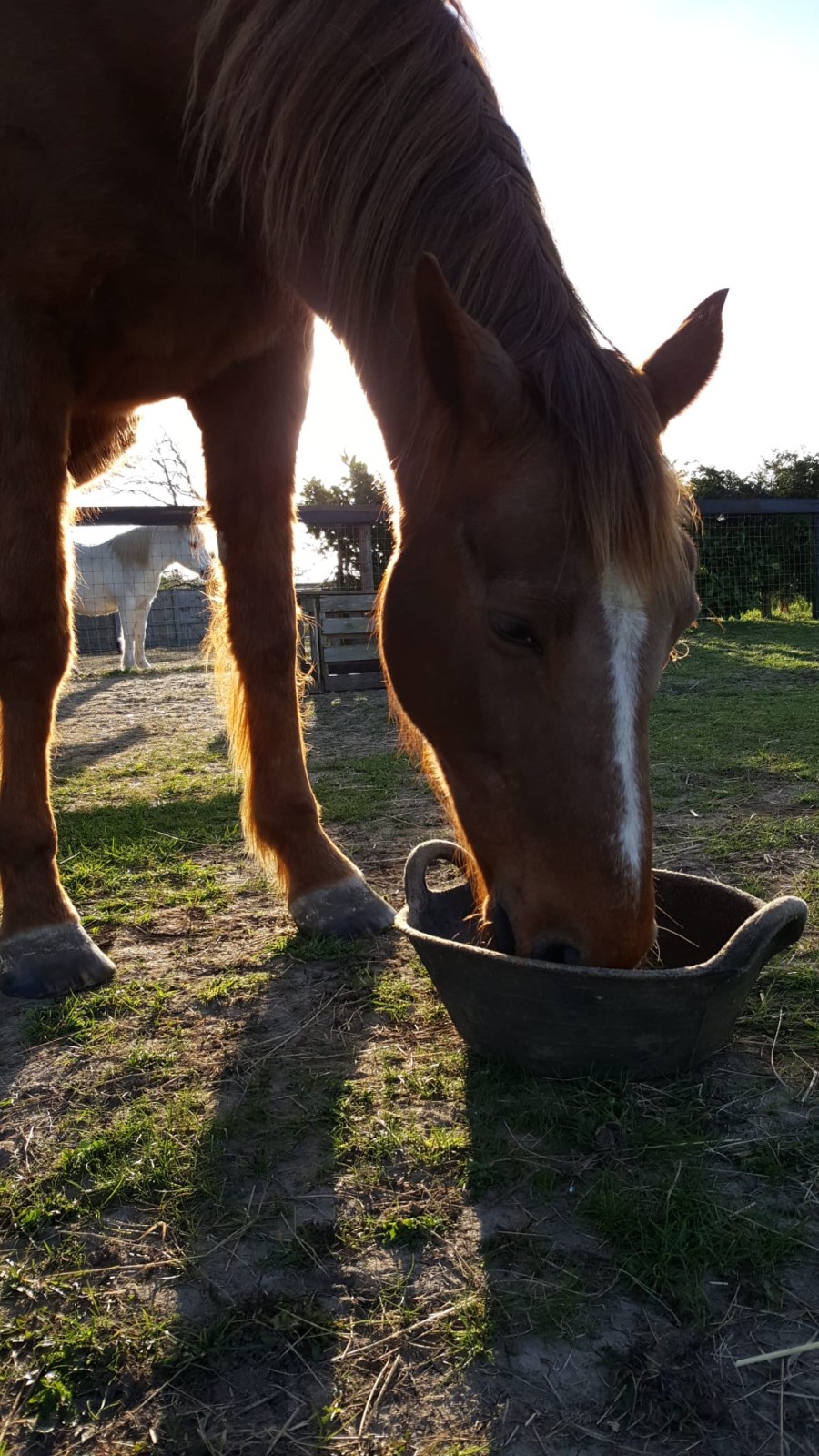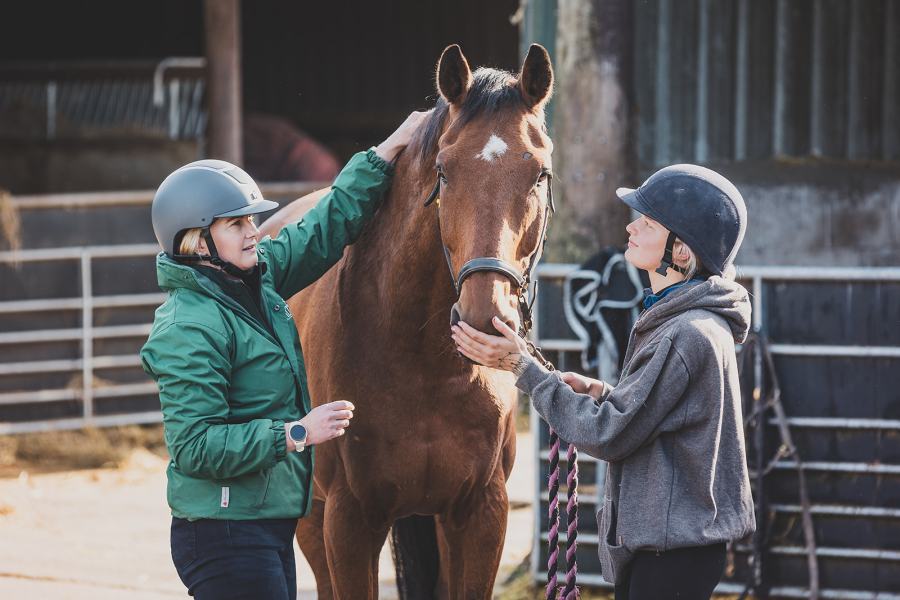Advertisement feature
We recently asked the question of, ‘When does a horse become a senior?’ and explained how, like people, horses age at different times.
We all know someone that is ‘old before their time’ with other people seem to defy the passing years. From experience, as horse owners we see the same with our equines.
My wonderful mare Amie thankfully never seemed to age. She was ‘round and sound’ right up until she passed away, while my friend’s horse slowed down more gradually.
Both our girls were still a very healthy weight into their late 20s, but one winter we noticed they both needed a lot more feed. With super fluffy winter coats and rugs on, it can be easy to miss subtle body condition changes.
Regular body condition scoring and/or use of weigh tapes help us notice upward or downward trends in a senior horse’s weight before it becomes too serious.
Body condition scoring
The two most used scales for body condition scoring are 1-5 and 1-9. SPILLERS recommends using the 1-9 scale, which involves assessing external body fat deposits in six key areas:
- Neck
- Withers
- Shoulder
- Rib cage
- Loins
- Tailhead
These areas are assessed individually and averaged to give an overall score. A body condition score (BCS) of 5 on the 1-9 scale is generally considered ideal.
A score between 4.5 and 6 may also be considered healthy, depending on the individual and the time of year.
A score of 3 is described as thin and 7 or above is considered obese.
Assess condition by feel
It’s important to assess condition by feel and not just sight. For example, a horse may look lean, but you may not actually be able to feel their ribs without applying pressure.
Fat distribution can vary in individuals too. I’ve scored a horse a perfect 5 over the ribs, but then they’ve had excess fat on the tail head or a cresty neck that scores a 9.
It’s important to be as objective as possible when it comes to your own horse and get to know them by feel. You’ll notice subtle changes of fat thickness by touching your horse regularly.
Often, by the time a horse has gained or lost enough weight to be visibly noticeable, they’ve gained or lost quite a lot and maybe more than needed.

My senior mare, Amie, never seemed to age
Muscle loss
Senior horses, especially once retired, may lose muscle mass, which can make them harder to body condition score. The SPILLERS’ team see plenty of retired horses who have little topline but are still a healthy body condition.
Lack of topline and stomach muscle may give a pot-bellied appearance, which some owners comment makes their horse look fat. If the ribs are not visible and there’s no cresty neck, they may well be the right condition.
Be careful, though, not to mistake muscle loss for lack of body fat.
Weigh tapes
Weigh tapes vary in accuracy, but are useful for tracking changes in a horse’s weight.
When using a weigh tape, make sure your horse is standing square and the tape is correctly positioned each time. It should be on a slight diagonal, from the bottom of the withers to just behind the elbow — in front of where the girth would be, not behind.
Ensure it is taut against the horse’s body, but not so tight it pinches.
Body Condition Index
The Body Condition Index (BCI) tool on the SPILLERS website is more objective than body condition scoring, but it’s only suitable for helping to identify excess weight gain or tracking weight loss in those equines who are overweight.
The BCI may be more useful for people who are less confident about condition scoring. It involves taking five measurements of the horse’s body and entering the numbers into the calculator to give a score. However, it’s not suitable for horses with a pot belly, which can occur in equines suffering from PPID (Cushing’s disease).
Winter weight loss
Winter weight loss is generally encouraged for good doers — it’s nature’s way of preparing your horse for spring grass after all.
If your horse tends to lose too much weight over the winter, then reaching a body condition score of 6 in the autumn may be preferable to provide a buffer, provided they are not laminitic.
A horse with a body condition score of 4.5 out of 9 at the end of March is (usually) nothing to worry about. Regular checks are crucial for avoiding significant weight fluctuations.
Take home message
During the winter months, make sure you take your senior horses rug off at least weekly to check them properly and assess their body condition score or use a weigh tape.
Adjust their diet appropriately if you notice changes in their body condition before they lose (or gain) too much weight.
For further advice and information about how best to care for your super senior horse and to join the SPILLERS Super Seniors Club click here.
Main image © Spillers









